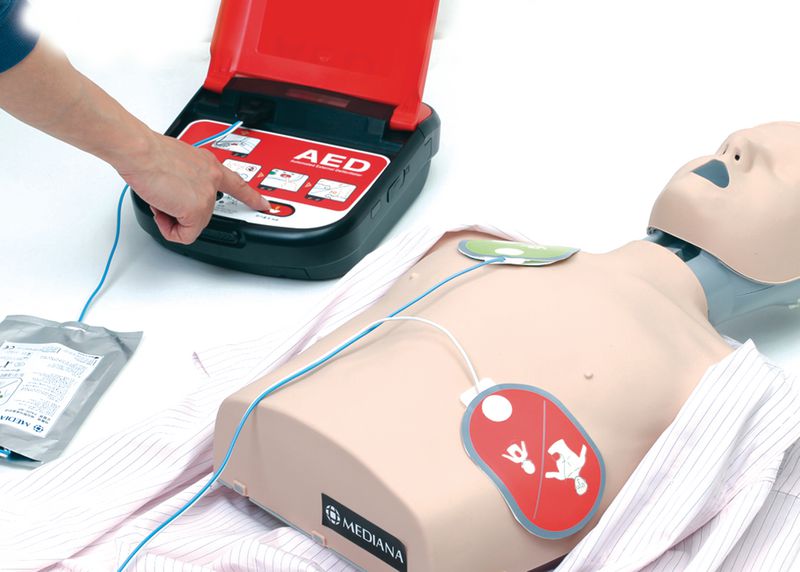
Defibrillators save lives. In order to do so, they must be in working condition. The long-term maintenance of your life-saving device(s) is essential - without this, you run the risk of potential defibrillator failures. More than 1,000 Sudden Cardiac Arrest (SCA) deaths have previously been linked to the failure of a defibrillator. Battery failure accounted for almost one-quarter of these failures. Problems with pads and connectors also accounted for reasons why defibrillators were unable to provide treatment in a cardiac emergency. Maintaining your defibrillator is just as important as it is to own one. defibcare To treat a person in cardiac arrest, a defibrillator is required to deliver a lifesaving shock. In order for your device to save a life, it must be in a fully optimal and working condition. Without electrode pads and a charged battery within their expiration dates, the rescue may be unsuccessful.
Whether you have one or one hundred defibrillators, anyone that manages defibrillators should be able to say ‘YES’ to the following questions; Are you sure that every one of your AEDs is ready and will work in an emergency? Do you know your AED’s current self-test status? Do you know when to replace the pads and batteries for each of your AEDs? Do you know when your responders need to be retrained? Can you effectively and efficiently review the status of all your AEDs and trainer responders? With defibcare, you will be able to answer ‘Yes’ to all of the questions above. Managing your defibrillator(s) couldn’t be easier. There are 4 different defibcare packages tailored to different needs. Each package provides investors with peace of mind. defibcare ensures your defibrillator has everything required to deliver treatment. Our annual AED service is available to anyone who owns a defibrillator, whether it was purchased from us or not. During a service, a member of our service team will come to your premises and carry out some physical and visual checks on your defibrillator. The comprehensive checks include; A visual check to ensure that the unit has full functionality and the is no damage to the case, screen, buttons and connections. Battery and pad check for installation date and when replacements are due A check of the pad terminal to make sure it is functioning and clear of debris Confirmation that the pads attached are suitable to the model and in good condition A check to see if the defibrillator will administer a shock correctly - unit is connected to a simulator which produces a simulated heart wave. The defibrillator must administer a shock, at the right energy level, when appropriate (shockable heart rhythm, VF or VT) and not administer a shock when appropriate (no heart rhythm) to pass the test.
